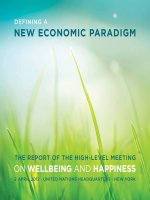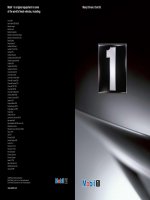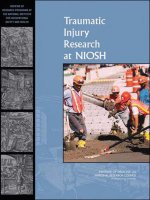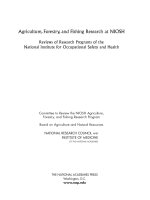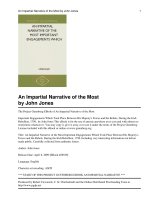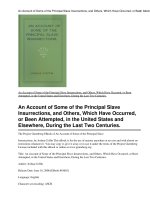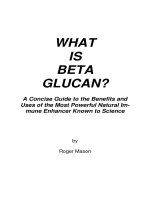SOME OF THE MOST COMMONLY USED CONNECTIVE WORDS AND PHRASE
Bạn đang xem bản rút gọn của tài liệu. Xem và tải ngay bản đầy đủ của tài liệu tại đây (57.21 KB, 3 trang )
SOME OF THE MOST COMMONLY USED CONNECTIVE WORDS AND PHRASES
/>AGREEING
I agree.
Yes, I really
Absolutely, I …
On the whole…
Yes, me too.
DISAGREEING
I don’t really know
I’m not sure.
Personally, I tend to think…
Um … I actually think …
Possibly, but …
USEFUL CONJUNCTIONS:
Whereas
But
Except that
Compared with
While
Although
Even though
USEFUL EXPRESSION FOR INTRODUCING
AN OPPOSITE IDEA IN A NEW SENTENCE.
On the other hand, …
Nevertheless, …
However, …
By contrast, …
All the same, …
Alternatively, …
BALANCING VIEWS
Although … / even though …
As far as the question of … is concerned …
For one thing … , and for another …
Some people think …
Others argue that …
In my view …
I think that’s -ne as long as …
It’s important to make sure …
Sometimes, they just want to …
Quite often, I think they …
MAKING A CONCESSION BEFORE DISAGREEING:
I think it is reasonable to say that …
I also belive that …
In addition, …
While it may be true that …
I alsofeel …
Although some people agrue that …
Overall, I belive …
1
SOME OF THE MOST COMMONLY USED CONNECTIVE WORDS AND PHRASES
The most important thing is …
I tend to feel that …
In my opinion, it is …
We should consider whether …
It is useful to consider what e1ect … could have on …
Some people feel that …
It can be said that …
TALKING ABOUT THE FUTURE
I expect …
I predict … will lead to/ result in
I foresee/ I can’t foresee any problems.
I suppose (conceding)…
… in the foreseeable future
The result/ outcome will/ would be that …
From what I’ve read/ heard, it seems that …
USEFUL EXPRESSIONS FROM CERTAIN … TO LESS CERTAIN
I’m sure/ certain that …
I’m pretty sure/ certain that …
It seems likely that …
I think that …
It’s hard to say whether …
I don’t really know whether …
Group 1:
sequencing/listin
g
Use to catalogue
(makea list of
items)
Fist of all, …
In the -rst place, …
To begin with, …
First(ly) … second(ly) … third(ly) …
First, … Next … Then … After that, …
Finally, …
Group 2:
reinforcing
Use to add to
and strengthen
what you have
said.
Also,…
Besides, …
Furthermore, …
In addition, …
Moreover, …
Group 3:
equating
Use to indicate
similarity with
what has been
said
In the same way, …
Likewise, …
Similarly, …
Group 4:
summarising
Use to introduce
a generalisation
of or conclusion
In conclusion, …
In summary, …
To conclude, …
To sum up, …
Group 5: For example, …
2
SOME OF THE MOST COMMONLY USED CONNECTIVE WORDS AND PHRASES
referring
Use to give more
examples
For instance, …
In particular, …
… such as …
Group 6:
showing results
Use to express
the
consequence
As a result, …
Consequently, …
Hence,…
So …
Therefore, …
Thus, …
Group 7:
inferring
Use to deduce
In other words, …
In that case, …
Then, …
Otherwise, …
Group 8: giving
alternatives
Use to refer to
an alternative
Alternatively, …
On the other hand, …
Then again, …
Group 9:
restating
Use to express
what you have
said in another
way (usually
more simply)
In other words, …
That is to say, …
To put it simply, …
Group 10:
contrasting
Use to compare
or contrast
Conversely, …
In comparison, …
In contrast to this, …
Instead, …
On the contrary, …
…, whereas …
Group 11:
conceding
Use to indicate
other ways of
considering
what you have
said.
After all, …
All the same, …
Although …/ Though …/ Even though …
Even if …
However, …
In spite of …, despite this/ that …
Nevertheless …
Nonetheless …
Still, …
Yet,…
3
